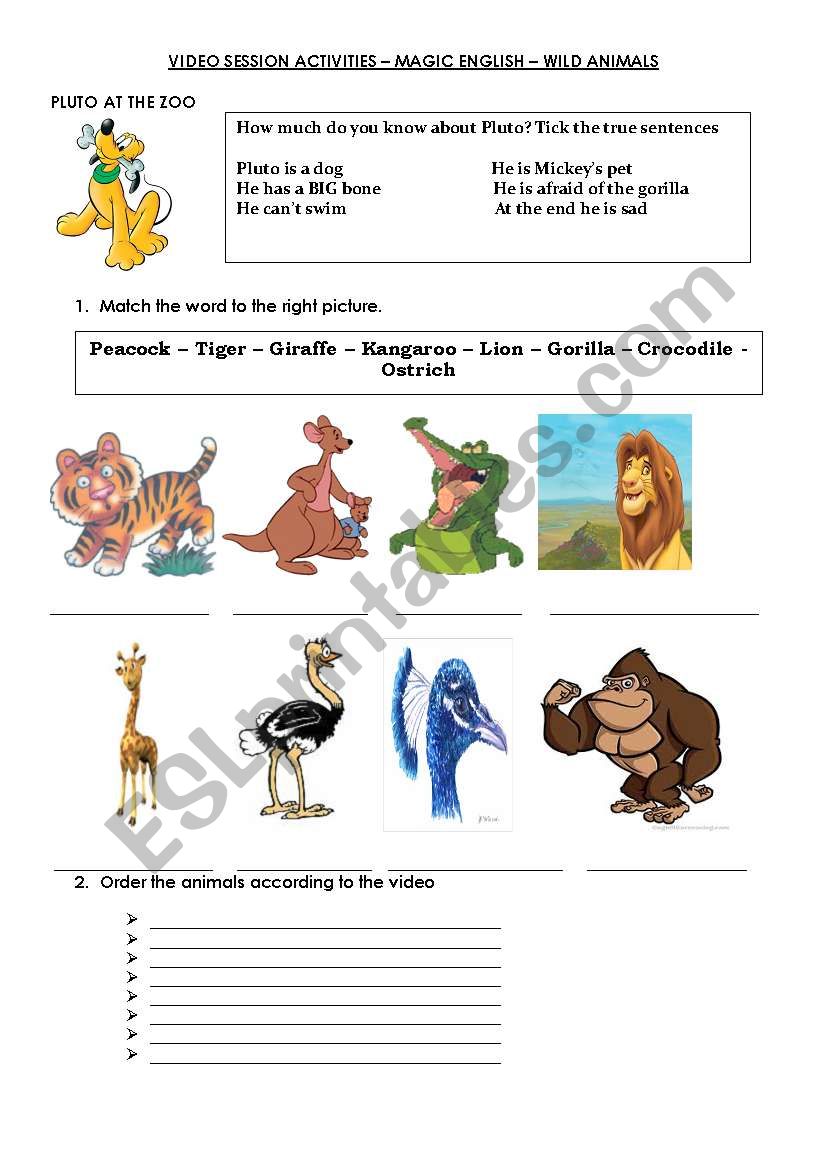


They then discuss what they can feel in the bags using adjectives to describe the texture, weight and shape of each mystery object.įor the second activity, children listen to sound recordings of different animals and try to match the sounds to the images of animals on the worksheet provided. Children are encouraged to engage their sense of touch in order to describe and identify each object without looking inside the bags. The first activity involves using a number of small drawstring bags 'feely-bags' containing mystery objects. Humans rely heavily upon the sense of sight and these activities explore the ways other animals have become adapted to life where and when light is less readily available. Because of this, falling into a fantasy with witches and dark magical creatures is always going to appeal to m e. Produced by ARKive, this hands-on activity is designed to teach 5-7 year olds about nocturnal animals and the senses they employ to navigate life in the dark. I find magical creatures so appealing because so many of these stories center on something lurking just out of vision that you can only find if you turn around at the right time. Quality Assured Category: Science Publisher: ARKive There is also a sheet of common minibeasts and facts about them. *Dancing bees - investigate how insects are attracted to different colours *Keeping insects - keep a diary of the changes seen in sample of fruit flies over time *Spider webs - collect spider webs and make flick books to show web development *Millipede movement - classify millipedes and study their movement *A living fossil - observe woodlice and look at their choice of habitat *Shell shapes - keep snails and observe their preferences for food then make plasticine shells and compare their variation *Earthworms - observe and draw earthworms *Sensible sample - estimate the size of a population by playing a ladybird game *Careful capture - collect minibeasts using pitfall traps and pooters then make careful observations *Big changes - observe the lifecycles of a blow fly or meal worm *What makes an insect? Build an insect and describe and compare different minibeasts *Investigate body form, simple forces and stability *How big is a minibeast? Carry out simple calculations relating size, area and volume The activities are aimed at Key Stage Two but some may be adapted for use in Key Stage One. The activities look at ways we can observe minibeasts, including the importance of observation over time, behaviour and the effect of food or other environmental factors on minibeasts. They relate directly to topics on animals in the local environment, habitats, interdependence and adaptation and life cycles. The resources are written for mixed ability classes and an extension is provided for the more able. The Minibeasts Activity Book comprises photocopiable sheets with teachers' notes on activities all relating to minibeasts. Quality Assured Category: Biology Publisher: Pictorial Charts Educational Trust (PCET)


 0 kommentar(er)
0 kommentar(er)
